June 23, 2025 | 06:40 GMT +7
June 23, 2025 | 06:40 GMT +7
Hotline: 0913.378.918
June 23, 2025 | 06:40 GMT +7
Hotline: 0913.378.918
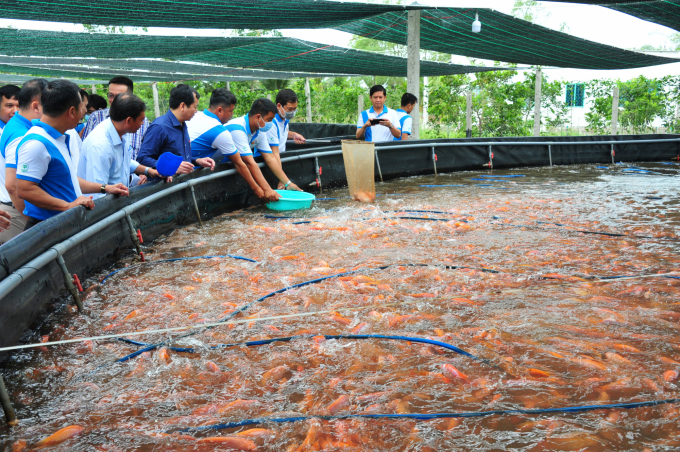
The approval of the plan will be an important legal basis for more effective prevention of aquatic diseases. Photo: TL.
The overall goal of the plan is to prevent and effective control of a number of dangerous diseases in aquaculture.
It is also to built the establishments and chain of safe aquatic products (ATDB) to serve the local consumption and boost exports of the products.
In detail, they will reduce the diseased ratio in brackish water shrimp to less than 10 per cent of the total farming area, in pangasius to less than 8 per cent of the total cultured area, din lobsters to less than 15 per cent of the total cultured area and in clam, shrimp, oyster to less than 5 per cent of the total cultured area.
The plan will also prevent, proactively monitoring, detecting and controlling in time a number of dangerous diseases on other cultured aquatic species, preventing pathogens from spreading widely in the country.
The plan also aims to build at least 30 additional ATDB fisheries production chains and facilities for a number of dangerous diseases according to the provisions of the World Organization for Animal Health (OIE) and regulations of the Ministry of Agriculture and Rural Development to serve the local consumption and boost exports.
Thus, the fisheries sector has to complying with the raising regulations such as farm conditions, wastewater treatment as well as regulation on the breedings as well as applying technical procedures for farming, managing and taking care of ponds like VietGAP, and GlobalGAP. The sector needs to apply support measures to improve the resistance of aquatic products to minimise the risk of disease.
Besides, implementing passive surveillance, active surveillance in farming areas and aquaculture establishments; quarantine and control of aquatic animals and animal products.
The plan will strengthen the capacity to diagnose and test aquatic diseases, to buld the ATDB seafood production regions as well as establishments and chains to serve local consumption and export. It will also step up the scientific and technological research and apply IT on the prevention and control of epidemics in farmed aquatic products.
According to the plan, the MARD will lead, direct and organise the implementation of the contents of the plan.
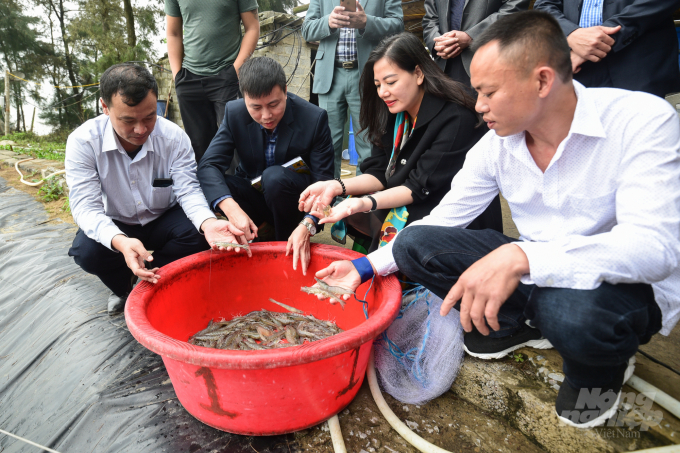
More inspection on aquaculture quality will be held in the coming time. Photo: Tung Dinh.
The Government also assigned the Ministry of Information and Communications to coordinate with the MARD and relevant ministries and agencies to develop and implement a propaganda plan on prevention and control of dangerous diseases in fisheries in the period.
According to the Department of Animal Health report at the 2021 conference on aquatic disease prevention and control in the northern region on March 19, the total damaged aquaculture area was more than 46,217 ha in 2020, 1.9 times higher than in 2019.
In the first three months of 2021, the total damaged aquaculture area was more than 1,897 hectares, down 61 per cent over the same period in 2020.
In 2020, the area and area with damaged or diseased shrimp will increase compared to 2019. Specifically, the cultured shrimp area will increase by 1.94 times (accounting for 5.97% of the total area of farmed shrimp. ); the infected shrimp area increased by 7.4%; more than 76.45% of the shrimp area was damaged, but the cause has not been identified.
According to forecasts, the area of cultured shrimp that continues to be damaged can increase sharply and the risk of disease in the coming time is very high due to many reasons such as shrimp farmers start to increase farming, meanwhile, unfavorable conditions. benefits of seasonal weather, droughts, storms and floods in some provinces, saltwater intrusion continue to develop complicatedly.

Aquatic diseases have caused heavy losses for people over the years. Photo: Van Dung.
The report also said dangerous pathogens still circulated in many farming areas, can invade and cause disease in shrimps while adverse factors such as rising temperature, salinity, rapid and strong environmental change, in extreme directions could cause bad impact on shrimp growth. At the same time, the changing environmental conditions create favorable conditions for pathogens to develop and cause diseases for shrimp.
MARD’s deputy minister Phung Duc Tien said that in the period 2016 - 2020, the annual damage area of the fisheries sector was about 45,000 hectares with a value of about US$3,000 billion per year because of the pandemic, saltwater intrusion and climate change.
Tien said: “Therefore, the approval of the national plan for the control of aquatic diseases will be an important legal basis for sectors and provinces to allocate budgets and resources to implement the national plan. experts on disease prevention in fisheries.”
Translated by Do Do
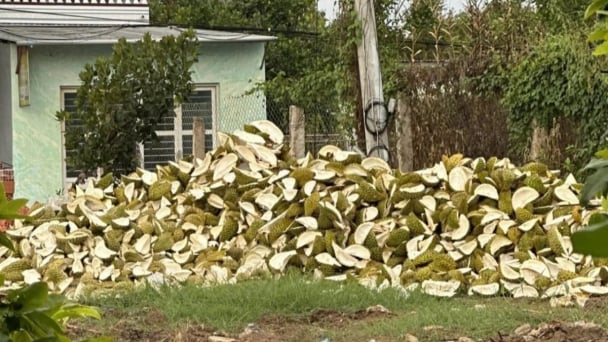
(VAN) The waste of resources from agricultural by-products and the situation of counterfeit and poor quality goods in production causing losses of thousands of billions were pointed out by the National Assembly deputy.
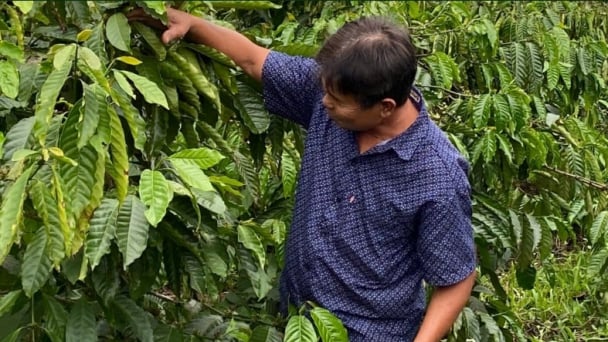
(VAN) After 5 years of implementation, the CAI initiative has helped coffee growers change their farming practices, moving toward responsible agriculture that meets global export standards.
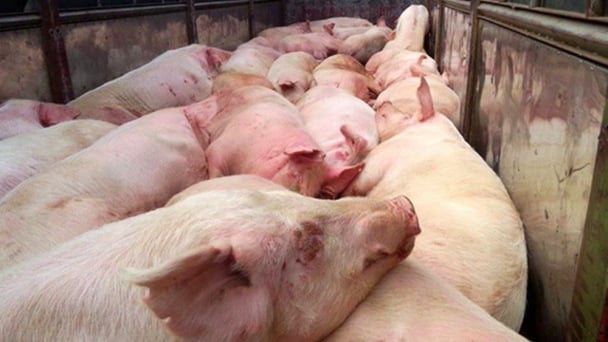
(VAN) The primary prerequisite for the comprehensive and robust integration of Vietnam's livestock sector into the global value chain is the establishment of a disease control system.
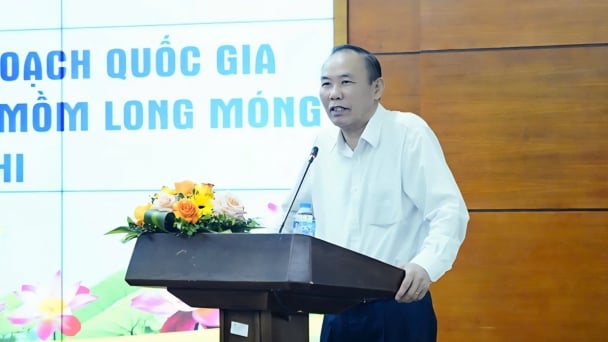
(VAN) The results of national programs are essential for establishing a contemporary livestock sector that is well-equipped to meet the demands of both domestic and international markets, with robust biosafety standards.

(VAN) The UNESCO Global Geopark revalidation of Non nuoc Cao Bang and the transition to a two-tier administrative model are presently undergoing a pivotal moment in Cao Bang, the northernmost province of Vietnam.
/2025/06/13/5330-2-004539_953.jpg)
(VAN) Changing policy mindset and removing investment barriers are urgent requirements to open up new development space for enterprises in the agricultural sector.

(VAN) The areas include the restoration of five million hectares of marine ecosystems.